Flights
21.11.2020 - 14.2.2020
Susanna Jablonski, Augusta Strömberg, Ana Vaz
21.11.2020 - 14.2.2020
Susanna Jablonski, Augusta Strömberg, Ana Vaz
Galleri Syster, Luleå Biennial: Time on Earth

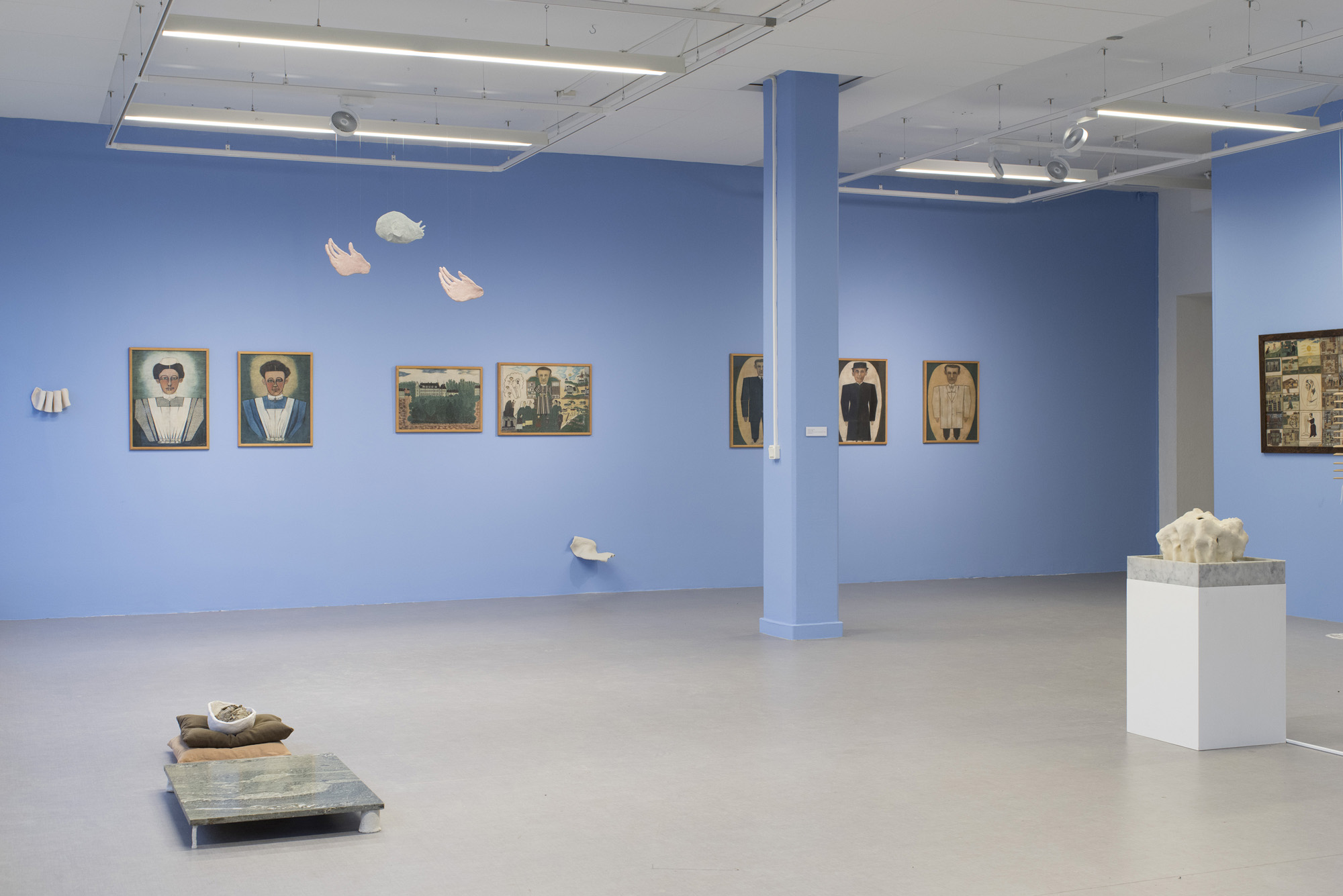


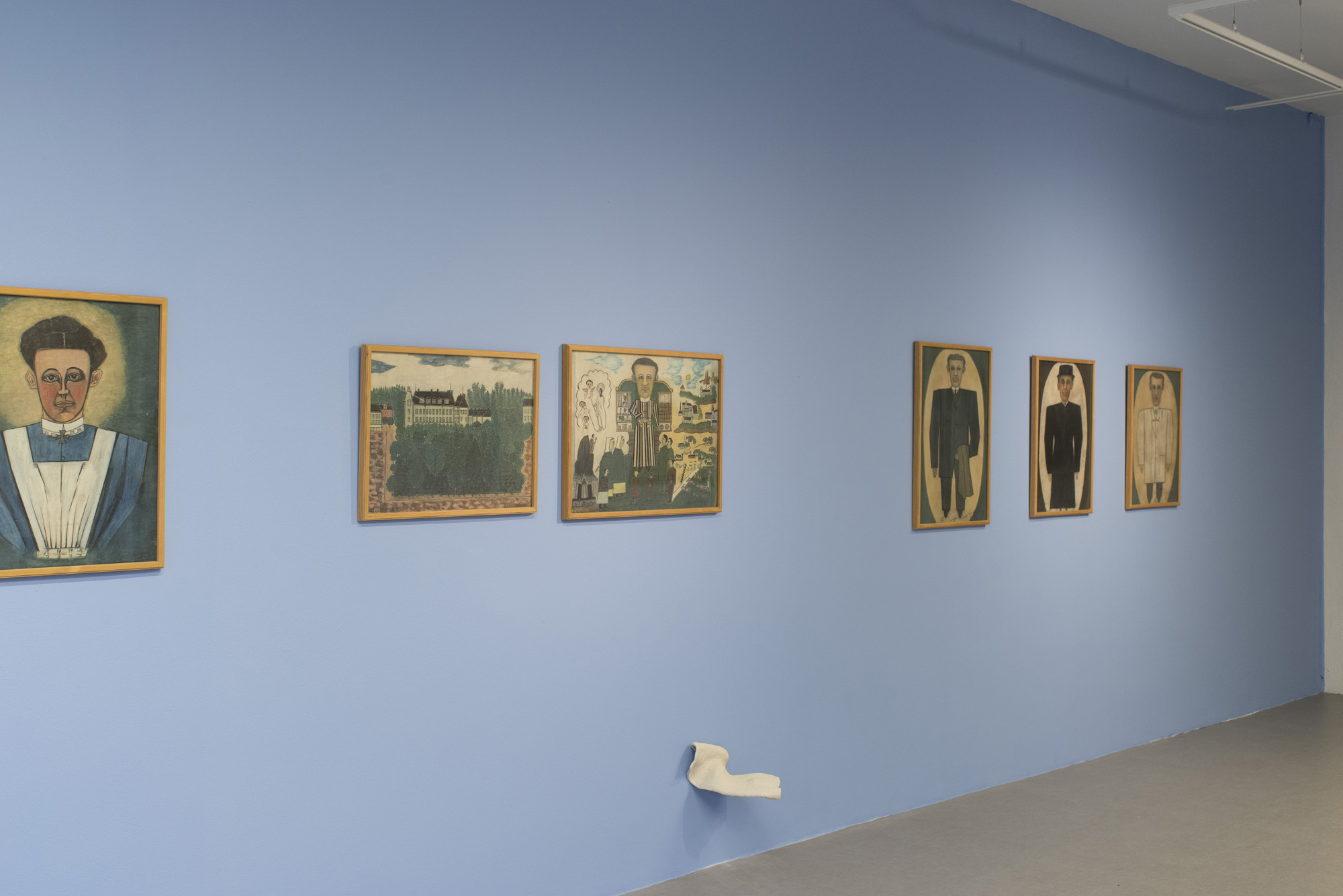

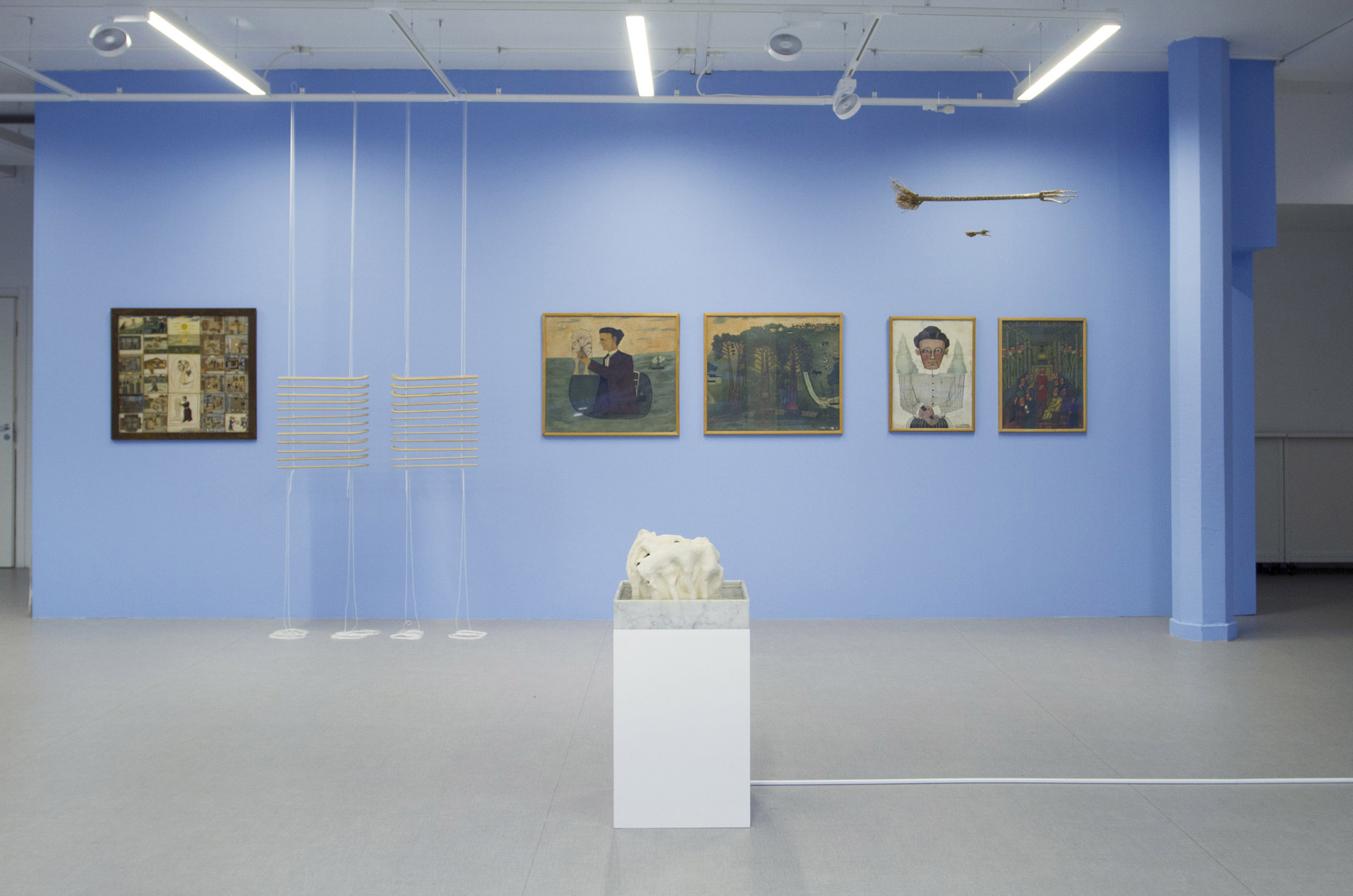

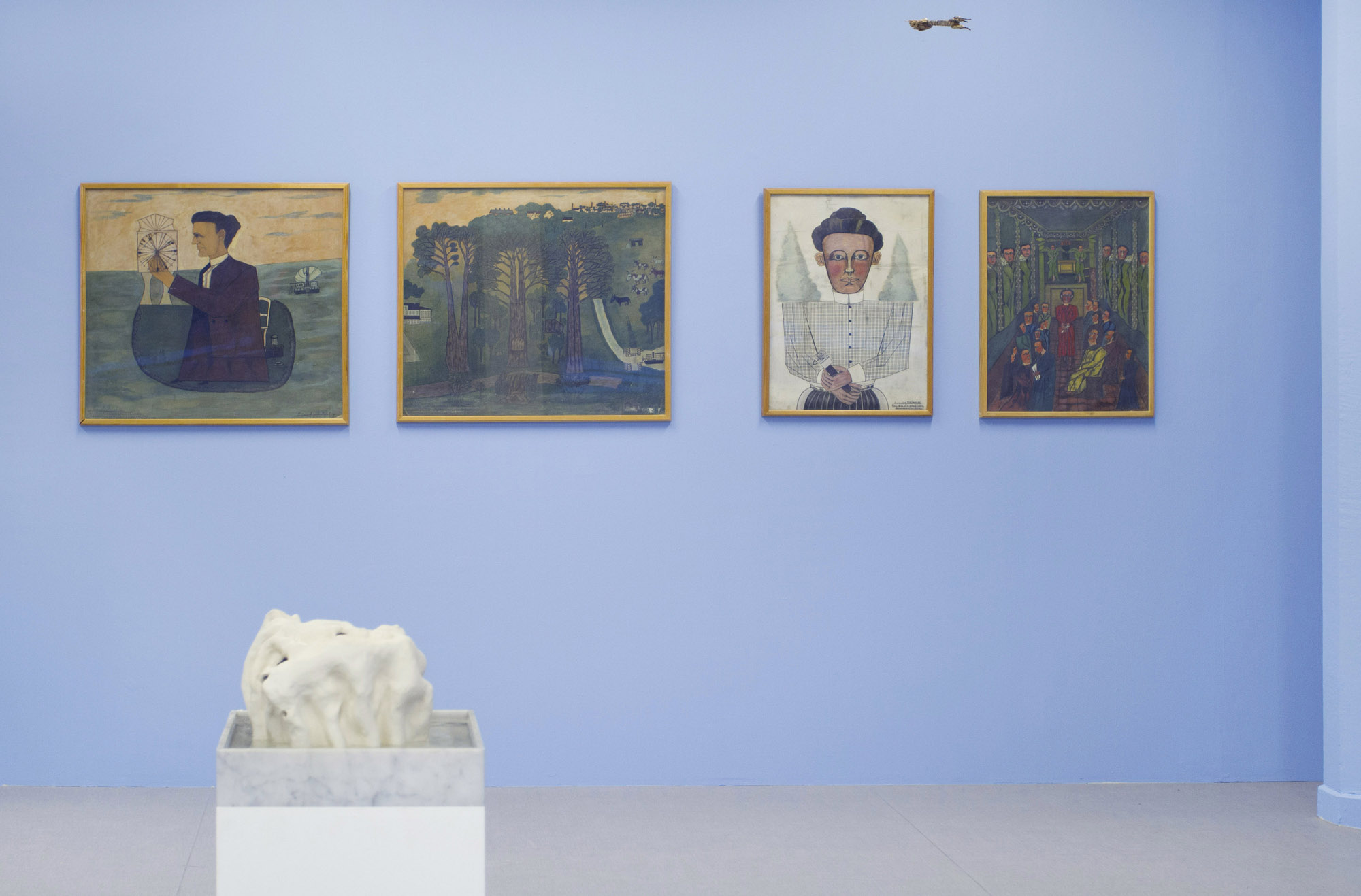



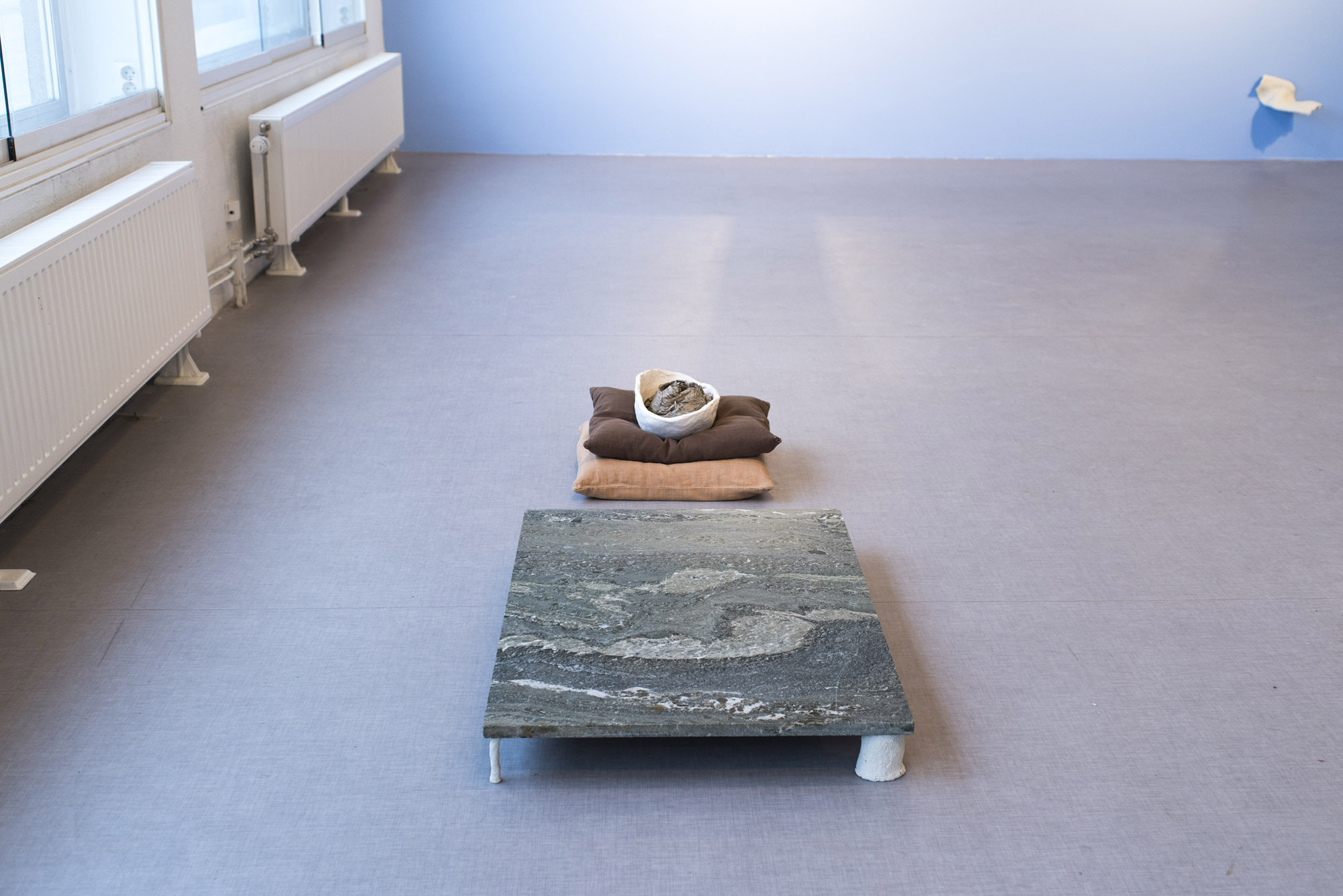

Luleåbiennalen 2020: Time on Earth
21.11.2020 - 14.2.2021
Luleåbiennalen 2020 presents a group exhibition at Galleri Syster with Susanna Jablonski, Agusta Strömberg and Ana Vaz.
Susanna Jablonski
Flights, 2015~2020
Ceramic, water, marble, oak wood, a wasp nest, paper clay and other materials
Susanna Jablonski’s practice explores the limits of what bodies can carry, or what they can become together. A marble slab balances against a pair of wafery feet made of paper clay, a wasp nest rests on a pillow of linen cloth, small ceramics objects levitate from the gallery walls; objects and materials that seem somehow monumental in their mundanity. The works on view at Galleri Syster address transformation and transience. They place us on a threshold where a tension has arisen between the elusive or unfathomable, and the most obviously perceptible.
Susanna Jablonski (b. 1985) is an artist based in Berlin and Stockholm.
Augusta Strömberg
Thirteen paintings made at Ulleråker hospital 1900~1932 Mixed media
Augusta Strömberg was born into a poor family of smallholder farmers in Skuttunge outside Uppsala in 1866. In 1896, she moved to New York to establish herself as an artist, but was instead met with adversity. She was soon diagnosed with schizophrenia, which, according to the doctors, was founded in her disappointed hopes, and the dreams never ful lled. Upon her return to Sweden in 1900, she would spend her remaining 54 years at the Ulleråker and Beckomberga mental hospitals.
Despite this, she continued to paint throughout her life. Her artistic legacy is preserved by the Museum of Medical History in Uppsala. Strömberg’s peculiar image world often includes prophetic motifs with the artist herself in the role of protagonist – in turn,
as female Messiah, saint or judge – with attributes from both the natural and the supernatural world. In a style reminiscent of Russian Orthodox icon painting – sequential events depicted in parallel and on the same image – she portrays her everyday life at the hospital and the world that goes on outside; from agriculture to urban environments, housework to photographic processes. Strömberg gives clear contours to gures and objects, while placing them within a holistic context where the modern world meets traditional folk motifs. In her self-portrait as an artist, she appears in turn-of-the-century costume holding a completely new invention: an airbrush from the USA. She used this tool to create scenes where New York’s skyscrapers pose next to the Skuttunge church tower, and priests next
to farmhands, merged into the same reality on a single picture plane. This is the rst time Strömberg’s collected works have been shown in a larger art context.
Augusta Strömberg (1866, Skuttunge–1954, Beckomberga).
Ana Vaz
Sacris Pulso, 2008
16mm & Super 8mm transferred to HD video
The vast open spaces between residential blocks and experimental concrete structure set the stage for a re ection on the city of Brasília in Ana Vaz’s video work Sacris Pulso. Accompanied by quotes from Clarice Lispector’s books, Brazil’s masterminded capital emerges as a ghost from the utopia of architectural modernism, and using the fragmented layerings of the collage, Vaz develops anachronism as a principle. The lm revolves around the paradoxes of temporality. It depicts a world where the narrative of progress has lost credibility and where a chord struck on a bass instrument can cause cars, trams and waterfalls to change directions, and instead be sucked into
a backwards vortex. Vehicles and waterways of all kinds stand in for the machines and systems that once represented faith in the future, but which, in their accelerated contemporary state, only seem to transport us further away from the world.
Ana Vaz was born in Brasília, and in Sacris Pulso, she links her personal past to Brazil’s modern history in her use of footage from the lm Brasiliàrios (1985), in which Cláudia Vaz – the artist’s mother – plays the role of Clarice Lispector. The city of Brasília is presented here not only as an enormous urban planning project, but also as an eerie memory of an erstwhile dream of the future that contains both desire and horror, and where a bloodline connects the science ction of previous generations with the systems that underpin our reality today.
Ana Vaz (b. 1986, Brasília) is an artist and lmmaker based in Paris.